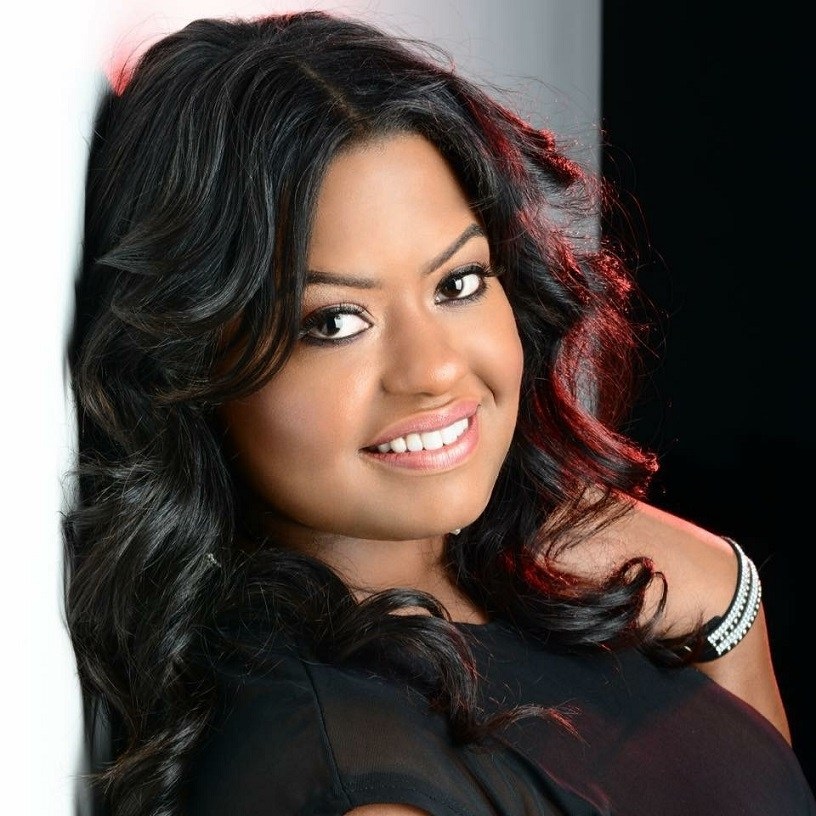North America/ USA / Pennsylvania
Celesté Polanco “The Salsera Fair” is a young singer in constant ascent in the National Salsa music movement nowadays. This star from Philadelphia with Dominican and Puerto Rican roots has managed to delve into the acceptation of the tropical music market with her two hits: “Traicionada” and “Mi Salsa te llama” in collaboration with great producers and composers of Latin Music.

This Salsera and humble person began her professional career thanks to the support of Héctor Rosado who believed in her talent and gave her the opportunity to be the lead vocalist of his Hache orchestra and at the same time to start working in the musical field, sharing stage with renowned Salsa figures, such as: Frankie Vázquez, Kevin Ceballo, Frankie Negrón, VITI Ruiz, Herman Olivera, Ricky Luis, and Chino Núñez y su Orchestra.
In 2015 Polanco decided to become a soloist with the 2x Grammy Award and 7x Billboard Award winner, Pablo Chino Núñez, recording her first two singles: “Traicionada”, released in 2015 under the production and arrangement of Pablo Chino Núñez, and composition of her authorship together to Linen Church and a year later her second promotional single “Mi Salsa te llama” whose composition, arrangement and production was in charge of Pablo Chino Núñez and Celesté Polanco.

“La Fiera”, nicknamed by her producer Chino Núñez to see her deliver her emotions during the recording of Traicionada, connects her art with her experiences. “The best way to sing is from my experiences. It’s my art, you know, someone will connect with it because they have encountered it too. I love happy music as well that’s where “Mi Salsa Te Llama” comes in”, said Celesté.
“… I love Salsa I feel that in the Salsa music industry there are not enough females emerging in the Salsa Industry.”

Celesté Polanco currently resides in Philadelphia and is recording her first album in which it will include her third promotional single: “El Tiempo Lo Dirá” which will be presented with an official video and will be available on all digital platforms soon.
This representative of the Salsa has performed at major festivals, such as: NAHREP (National Association of Hispanic Real Estate Professionals), LA LIVE (National Convention, 2016), MUSIKFEST in Bethlehem & LEVITT STAGE in PA and for this 2018 “La Fiera” will continue presenting his shows in Miami, Chicago, LA and also in the tri-state area.

“…The market of salsa, in general, it’s worldwide re-known. It doesn’t pertain to one ethnicity it has become multicultural… It’s a worldwide movement”.
“… My main focus is to reach as many people as I can through my voice and become a positive influence to the younger generation and all those who aspire to do great things but are scared to try”. Celesté Polanco
The Latin Music’s influences of Celeste “La Fiera” Polanco:
-Celia Cruz -Oscar D’ León -Yolanda Rivera -Cano Estremera -Orquesta Mulenze, etc…
For more information about Celesté Polanco, please like her on Facebook: https://www.facebook.com/celeste.polanco.7


















